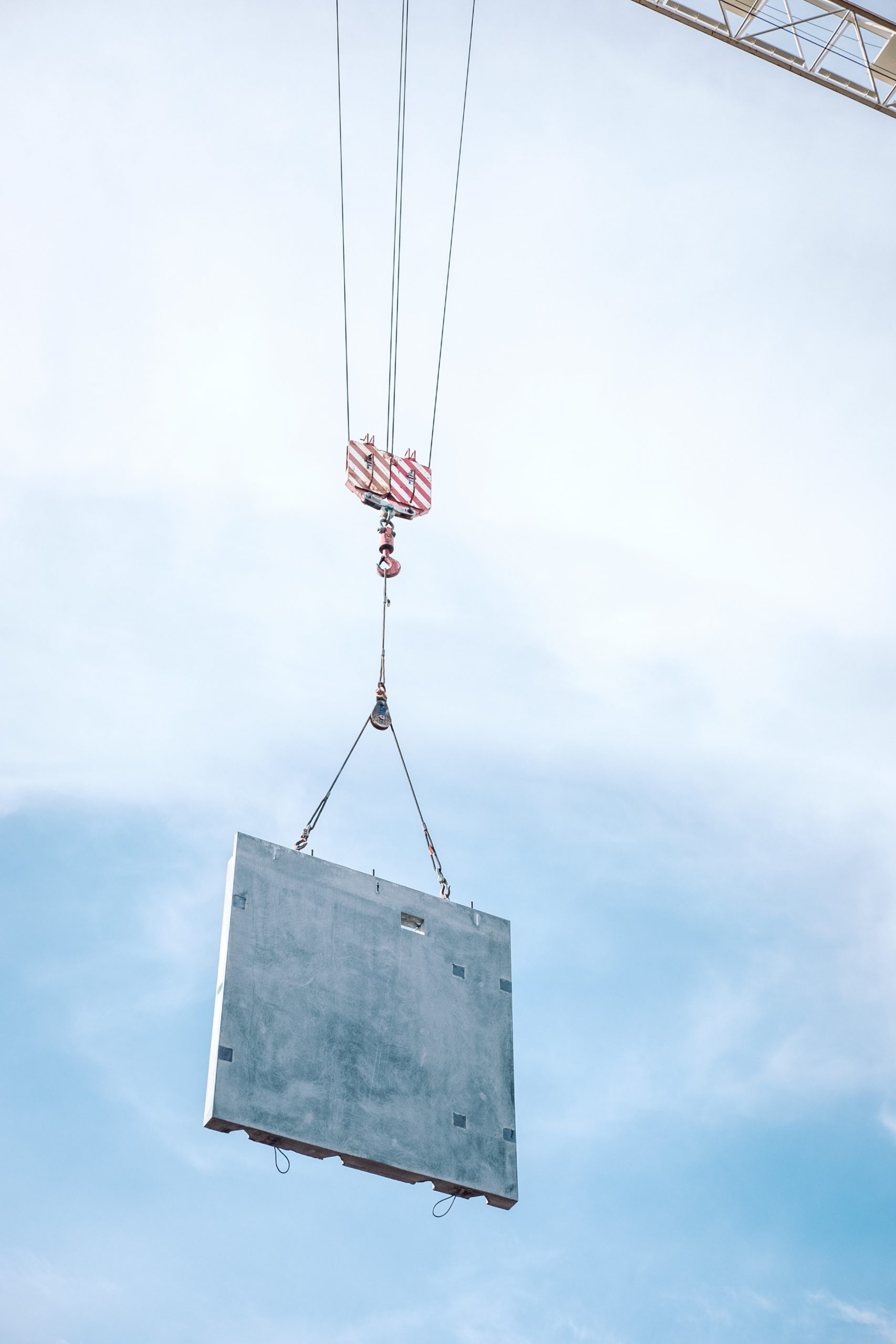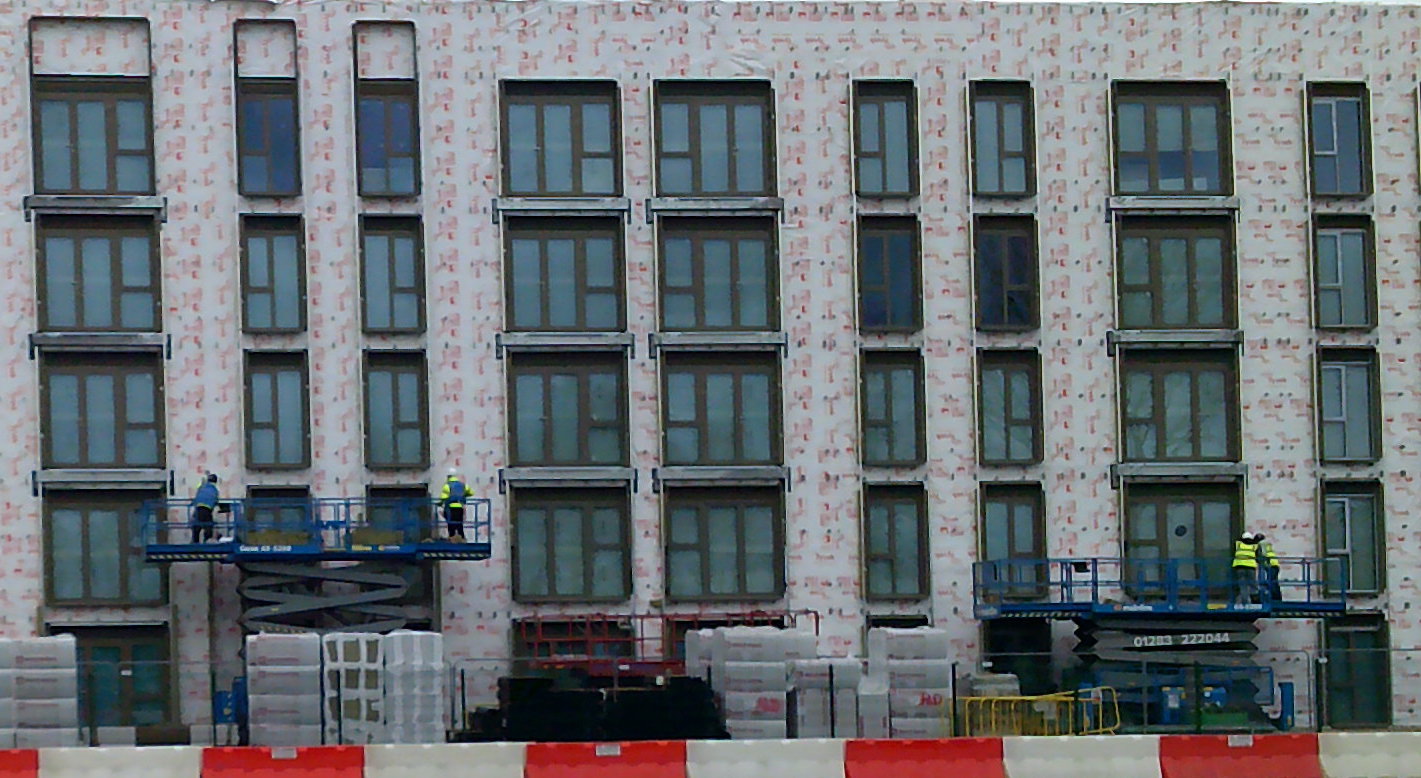Offsite construction and MMC can deliver significant efficiency gains, yet it represents only a fraction of builds delivered in the UK each year.
Paul Stevens, Commercial Director, Acorn Aluminium, discusses.
Regardless of the area that you’re working in, construction faces some universal challenges. Productivity remains low, delays and disruption (particularly in the current context), can make delivery unpredictable, and labour, especially skilled and experienced workers, are in short supply.
Offsite construction has the potential to change that. Standardisation of processes, pre-fabrication and modularisation, create an opportunity to deliver buildings more effectively, simplifying construction and delivering cost, efficiency and environmental gains.
So why hasn’t it gained more traction and what could it do for UK construction?
What are Modern Methods of Construction?
This is one of those ‘how long is a piece of string questions’ it means different things to different people – and everything is open for interpretation, however, as a starting point at least there is a general consensus around the Ministry for Communities and Local Government’s 2019 definition framework.
Although applied primarily in the context of housing, it remains a useful starting point for wider construction projects and includes seven definitions of MMC, the first five using offsite construction methods:
- Category 1. Volumetric modular: 3D segments of buildings manufactured offsite and together on it.
- Category 2. Structural panelised:Wall and ceiling panels or frames that are manufactured and assembled onsite
- Category 3. Offsite components: Structural elements, for example load bearing beams, columns and slabs that are built offsite
- Category 4. Additive manufacture:Printing parts of buildings, either on or offsite
- Category 5. Non-structural assemblies and subassemblies: Non-Structural assemblies components that are manufactured offsite e.g. pods
- Category 6. On site building material improvements:Ways to reduce on site labour by through new materials e.g., format blocks or pre-cut components
- Category 7. On site process improvement: Innovation for example lean construction, digital augmentation etc.
How big is the offsite sector in the UK?
The latest official data suggest that the offsite construction delivers around 7% of UK construction GDP. This figure remains comparatively low, the construction sector far slower to embrace offsite and modular builds, than forecast.
How much money could offsite construction save compared to traditional methods?
Research by KPMG has suggested that shorter delivery times and lower inflationary costs, could deliver financial net gains of up to 7% on projects delivered offsite, compared to those using traditional onsite methods.
With input cost inflation according to the HIS Markit/Cips construction survey, rising at its highest level since 1997 in August this year that’s a saving that is increasing daily.

Does offsite construction offer the answer to the labour shortage?
Provisional figures from the Office for National Statistics showed construction vacancies top 35,000 at the end of summer, representing a 20 year high.
This is in part attributable to a post-Brexit exodus with a 42% fall in EU construction workers, according to the ONS. Pressure on skilled labour, it said, was also being compounded by the age of UK born construction workers, with 500,000 expected to retire in the next 10 to 15 years.
ONS figures also highlighting that the labour shortages had led to the highest rate of annual percentage growth in pay of any sector at 14.3% compared to a national average of 7.3%.
Pre-fabrication can standardise process, lower skills but most importantly help to create a safer and more attractive environment for construction workers – something which could encourage them to stay in the industry for longer.
What are the benefits of fitting windows and doors as part of off-site construction programes?
Over the years probably around 5% of the projects we have worked on have been off-site, so it’s still relatively low but those methods offer immediate advantages for window and door installation, most significantly by reducing the risks and costs associated with working at height.
The rule is the higher the build the greater the cost. If projects are being delivered in a factory environment, it doesn’t matter what storey you’re working on as part of that build, you’re always on the ground- high access doesn’t impact – and you instantly reduce your overhead.
Again, for the same reason windows and doors can also be fitted more quickly in pre-fabricated projects, making buildings weather tight sooner in the sequence, and allowing other trades to follow-on more effectively. This can contribute to time savings of up to 50% helping contractors to deliver within more demanding time frames.

Another advantage is that you’re operating in a weather tight environment. It allows us to plan and work with more confidence, knowing that we won’t be disrupted by the weather and that projects will be weather tight faster.
The other thing for us and our teams is that while where they’re placed in a factory environment, we’re immediately taking away a lot of the health and safety risks, particularly as mentioned, working at height. It’s still full PPE when you’re installing but it’s a lot easier to control.
Are there any downsides to installing windows as part of a prefabrication process?
Doors and windows will be set and adjusted as part of the installation process but will then be subject to movement during transport and installation, so require a second set of adjustments on site.
It’s also important to carry out checks to make sure sealant and fixings remain intact and in position after being craned into position on site.
When we install windows and doors as part of pre-fabrication programmes we tend to work to greater tolerances with a deeper EPDM around the windows and greater tolerances based on our understanding of off-site construction in the past.
You’re still applying the same general principles and need the same good coordination and communication between design teams but build in a little extra based on the understanding that your finished installation will be moved to site.
Is curtain walling suitable for offsite construction projects?
Can it be done? Yes, at lower levels. But it’s far more complex than a simple window and door installation because curtain walling passes floor levels, you aren’t fitting to ‘punched’ openings like windows and doors.
This means that while it can be done and we have, the complexity involved makes traditional installation on site simpler and more effective.
How we work with off-site construction partners
Acorn Aluminium offers a complete design, manufacture and installation service. Where we’re appointed to projects using MMC and pre-fabrication, our teams will work from location with the off-site specialist, working as part of their production line.
We treat offsite projects in exactly the same way as we would an onsite project. Our teams are fully qualified and carry the same accreditation as they would do to work in an onsite environment. Walking through the factory gates are no different to walking through the gates on a building site.
You still need the skills to install to datums, to line drawings. There’s no de-skilling of the process.
Does MMC spell the end of traditional methods of construction?
COVID-19 and the disruption that we’re currently seeing to the supply chain seems to make the case for MMC and off-site construction because if nothing else it appears to bring back more control to projects.
There’s a lot of scope for MMC and offsite methods and we can see from cost, productivity and sustainability angles, there are lots of reasons why it’s right for a lot of projects.
There are also lots of other projects, those which are delivered on tight urban sites with limited access, or those that use a product like curtain walling in their design, which limit its reach.
As a team we have extensive experience, partnering with main contractors and their supply partners on traditional builds and off-site programmes and are committed to working with main contractors to maximise project and whole life value.

